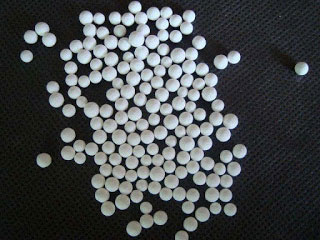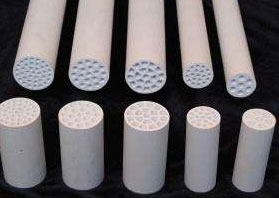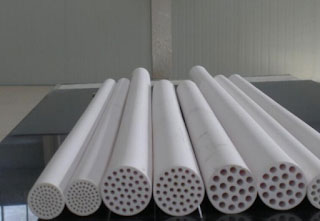The so-called fruit juice refers to the juice obtained by pressing or extracting fruits. Fruit juice has the flavor of natural fruit, not only can quench thirst, but also contains a variety of vitamins, minerals, trace elements and bioactive substances which are beneficial to human health. It has very high nutritional value and health function. Fruit juice is popular because of its original taste. As a green healthy drink in the new century, fruit juice is increasingly becoming a hot pursuit of consumers. In order to overcome the contradiction of processing season and prolong the processing period, fruit and vegetable juice is often made into concentrated juice. It can be seen that processing juice concentrate is not only necessary but also feasible, and has broad prospects for development.
Reverse osmosis concentration technology
Reverse osmosis membrane can be used to concentrate
fruit juice membrane. When the pressure difference between the two sides of the
membrane is greater than the osmotic pressure difference, the water can move from concentrated to dilute. Reverse osmosis can be carried out at room temperature without heating, but the choice of the type and quality of membrane is very important. Membrane separation is suitable to be used at lower concentration, but the concentration effect is poor at higher concentration.
Cellulose acetate reverse osmosis membrane is widely used in fruit and vegetable juice concentrating. The separation rate of alcohol and organic acid is low. With the concentrating process, the deacidification effect of fruit and vegetable juice increases, and the ratio of sugar to acid increases. At the same time, because of the separation of some alcohols, the concentrated fruit juice has better aroma and refreshment. Compared with evaporation method, the concentrated fruit juice by reverse osmosis has better quality. For example, fruit juice concentrates by evaporation, in which almost all the aromatic components disappear. The aromatic components of fruit juice concentrated by quick freezing method only retained 8%, while those of reverse osmosis method could retain 30%-60%, and the fat-soluble part retained more than the water-soluble part.
 Application Of Ceramic Membranes In Wine Industry And Its Application Prospects
01 Feb 2019
Application Of Ceramic Membranes In Wine Industry And Its Application Prospects
01 Feb 2019
 Ceramic Membrane For Traditional Chinese Medicine Production And Plant Extraction
05 Feb 2019
Ceramic Membrane For Traditional Chinese Medicine Production And Plant Extraction
05 Feb 2019
 Application Of Ceramic Membrane Equipment In Transformer Oil And Gas Separation
12 Feb 2019
Application Of Ceramic Membrane Equipment In Transformer Oil And Gas Separation
12 Feb 2019
 Ceramic Membranes Are Used In The Automotive Field Due To Their Good Performance
27 Jan 2019
Ceramic Membranes Are Used In The Automotive Field Due To Their Good Performance
27 Jan 2019


 +86-25-58849045
+86-25-58849045 
 No. 9 Yuansi Road, Pukou, Nanjing, Jiangsu, China 211808
No. 9 Yuansi Road, Pukou, Nanjing, Jiangsu, China 211808